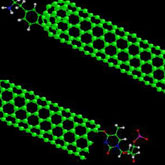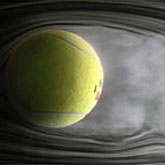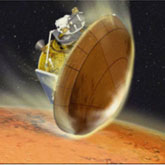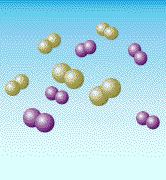NASA Aerospace Technology Enterprise

Science Facts Written by NASA Aerospace Technology Enterprise
Teeny Tiny Technology
What's the smallest thing you can imagine? Can you think of something extremely tiny that is also extremely strong--many times stronger than steel--and very flexible? Give up? The answer is carbon ... Continue reading

Big Boom
They sound like thunder, but they're not. They're sonic booms, concentrated blasts of sound waves created as vehicles travel faster than the speed of sound. To understand how the booms are created, ... Continue reading

Your Serve
NASA is well known for developing technology that makes things better, so can you believe that NASA actually did research on how to make tennis balls slower? ... Continue reading

Stopping In Thin Air
Imagine you're going very fast -- much faster than a race car. In fact, imagine you're going 100 or 200 times faster than a race car. When you reach your destination, you need to stop relatively ... Continue reading

Knocking the NOx Out of Coal
Nitrogen is the most common part of the air we breathe. In fact, about 80% of the air is nitrogen. Normally, nitrogen atoms float around joined to each other like chemical couples. But when air is ... Continue reading

Man Versus Machine
Computers and automation are designed to help people. It sounds so simple. If you've ever tried to use a machine that looks easy but turns out to be complicated and confusing, however, you know that ... Continue reading

Taming Twin Tornadoes
Every time a jet airplane flies through the sky, it creates two invisible tornados. They're not the kind of tornados that strike in severe weather. These tornados are called vortices and can cause ... Continue reading

